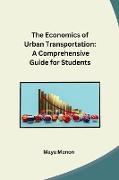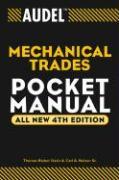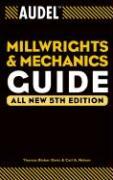- Start
- The Economics of Urban Transportation
The Economics of Urban Transportation
Angebote / Angebote:
Urban Transport: The Web of Winds, the Pace of Cities
The life of the city runs on the streets. The noise of cars, the throb of pedestrians, the sound of bicycle bells, and the symphony of bus horns - all of these together create the music of urban transport. Today, we will go to the bottom of that transport system, which is hidden in this poem of cacophony.
1. Know and understand urban transport:
Urban transport is the system that moves people and goods from one part of the city to another. It includes:
· Public transport: These are government- or privately-owned services that provide transportation for the general public on a fee basis. Buses, metro trains, trams, railways, etc. are examples of this.
· Private transport: This includes vehicles that are individually owned, such as cars, bikes, scooters, etc.
· Active mobility: This includes walking and cycling.
These elements together create a web that runs like blood through the arteries of the city. This web is only strong when there is harmony between all of these elements.
2. Types of transport: The map of the journey:
Different types of transport have developed according to the needs and conditions of cities. Let us look at some of these popular options:
Public transport
Public transport is the backbone of urban mobility. It is a sustainable and affordable way to move people around cities. Public transport can help to reduce traffic congestion, air pollution, and greenhouse gas emissions.
Private transport
Private transport is a convenient way to get around cities, but it can also be a major contributor to traffic congestion, air pollution, and greenhouse gas emissions.
Active mobility
Active mobility is a healthy and sustainable way to get around cities. It includes walking, cycling, and other forms of physical activity. Active mobility can help to reduce traffic congestion, improve air quality, and promote public health
Folgt in ca. 10 Arbeitstagen




